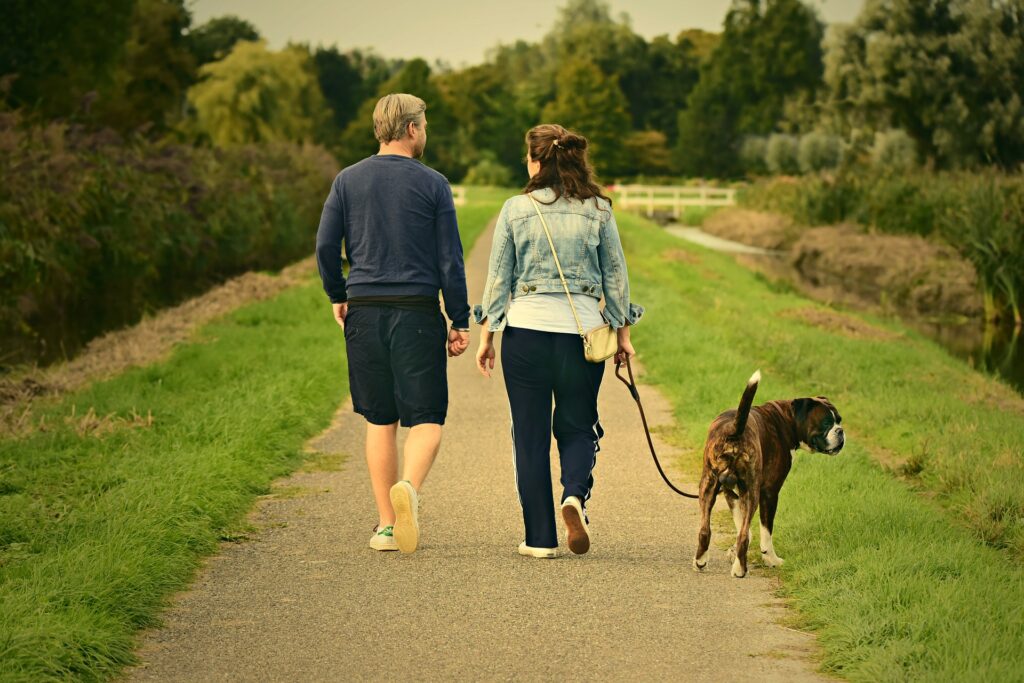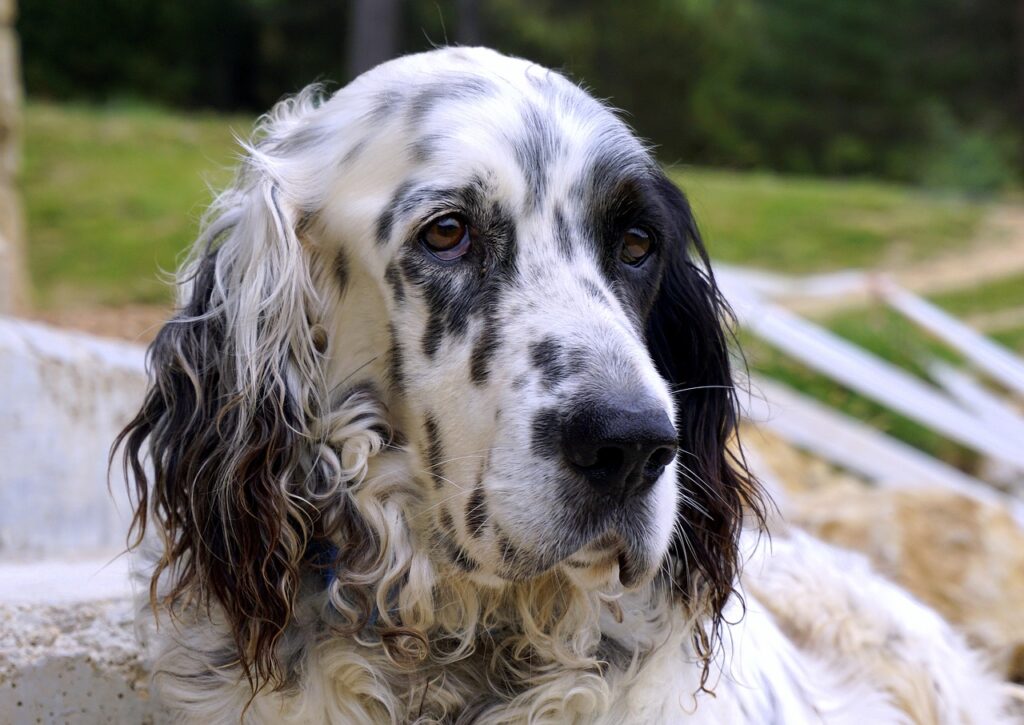Dog theft isn’t a nice thing to talk about, but it’s an important topic to get clued up on. Did you know dog theft is becoming more and more common? This blog will help you help keep your pup safe.
Get Them Microchipped
Whilst microchipping of dogs is now a legal requirement, not everyone remembers to keep the details up to date. A microchip without the correct contact details is useless. Make sure you update the records if you move home or change your address – some chip companies allow you to add another address if your dog stays somewhere else should you travel.
Make sure you know which company your pet is registered with and what their microchip number is. This is really important because if your dog is stolen, you can tell the chip company and they can flag your dog’s chip as ‘STOLEN’, meaning if they are scanned, it will come up with this information.
Make Sure They Have A Well Fitting Collar And Tag
By law, your dog should be wearing a tag in a public place. Choose a deeply engraved one as they are clearer to read and make sure the split ring is secure. The tag should have your surname and address, but it’s also a good idea to put your mobile number on there too. If your dog is neutered, it can be wise to put this on their tag to deter thieves looking for dogs to breed from. Neutered dogs are also less likely to roam.
It’s really important not to put your dog’s name on their collar or tag or thieves can use this information to call your dog over to them.
Take Lots Of Photos
I mean, what dog owner doesn’t love snapping photos of their pooch?! I know my camera roll is mainly of my dogs doing something cute, but there is a serious reason for getting photos. By taking photos from all angles, it can help prove that your dog is yours. If your dog goes to the groomers, take photos before and after their pamper session as their looks can really change after a haircut. Make a note of any distinguishable features, such as nail colour, eye colour, even if they walk or sit in a certain way – it all helps. Keep these photos up to date as dogs can change a lot as they age – especially dark coloured dogs who may sprout a few grey hairs.
Make sure you also take photos of yourself and your dog as this can also help to prove ownership.
Social Media
Who doesn’t want to show off their dog to the internet?! So many people do, and there is nothing wrong with it, just be careful what you post. Edit your photos before posting them to blur out information on their ID tags. Be careful if you tag your location – wait until you get home and avoid putting too much personal information up. Be sure to look at your privacy settings too.
Step Up Security at Home
You need to make sure your garden is secure. Low fences that could be hopped over by a person make dogs in the garden easy pickings for thieves. If possible, restrict visibility in your garden as much as possible to the outside world. If you have any open areas, consider adding privacy screening.
Ensure all gates are locked – you can even install a bell or an alarm to alert you if the gate is opened.
CCTV is a great way to improve home security. Try and install the cameras to cover as much of your garden as possible – especially near any gates and put up signs to inform people there are cameras as this will help deter thieves.
If you are unable to install working cameras, the presence of dummy cameras can help put potential thieves off.
Out and about on walks
Some criminals have been known to observe dog walkers, so try and carry the route you take and the time of day you walk too. If possible, go with someone else or in a group as that makes you less likely to be targeted. Be wary of people asking lots of questions about your dog as they may be scoping to find out if your dog is worth money.
Be alert to your environment and don’t lose focus on your dog whilst chatting or looking at your phone. If your dog does not have good recall, do not let them off the lead. You can even get pet GPS trackers that can attach to your dog’s collar or harness.

What should I do if my dog gets stolen?
If the unimaginable happens and your dog is stolen, act quickly. Call 999 and report the theft – get a crime reference number and give as much detail as possible.
Call the microchip company and get them to flag the chip as stolen. This will flag the chip and inform you if anyone tries to change the details on the microchip.
Make flyers and posters including a description of your dog, a photo and your contact details.
Get the word out – tell your local dog warden, vets in the area and share online. Go to busy dog walking areas and ask people to keep an eye out. The more people who are aware, the more eyes there are looking for your dog. You could even contact your local newspaper and ask them to cover the story.
Social media can help – share as much as you can and ask friends and family to do the same. There are lots of missing pet groups on Facebook, so join as many as you can to spread the news. There are also dedicated websites where you can list missing animals, unfortunately, there isn’t a main database to post on, so just list on as many websites as you can.
Contact as many animal rescues as you can. Send them a photo and ask if you can come and look at the dogs to see if your dog is there – if your dog is a mixed breed, it may be easy for them to be misidentified.
There are more tips here on what to do if your pet goes missing.


Preventing theft is a topic that should be taken seriously, as it not only protects our valuable possessions but also ensures the safety and security of ourselves and our loved ones. I couldn’t agree more with the importance of implementing preventive measures to safeguard and deter potential thieves.